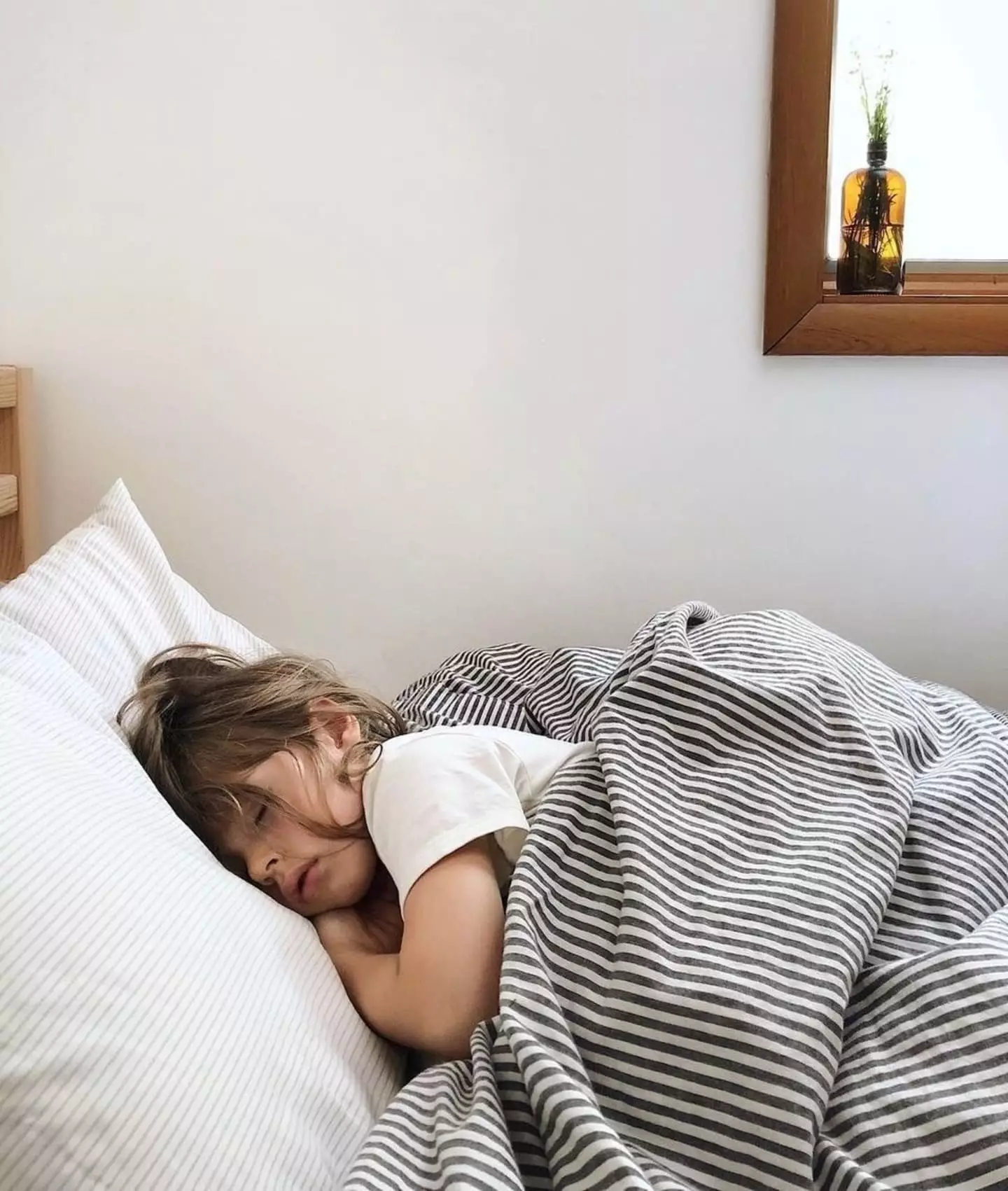Transitioning your child from a crib to a big kid bed is a significant milestone, fraught with emotion and transformation. Each child possesses a unique personality that influences how they respond to change; hence, this journey must be tailored to fit their individual temperament. For some children, change is exciting—a thrilling leap into independence—while for others, it may be a source of anxiety, prompting a strong attachment to the security of their crib. In understanding these nuances, parents can foster an environment where curiosity and confidence coexist with comfort and safety.
Planning the Transition
Preparation is key when introducing your child to their new sleeping arrangement. The approach can be structured or spontaneous, depending on your child’s readiness. In some cases, a celebratory “Big Kid Bed Day” can inject excitement into the experience. This can involve allowing your child to pick out their new bed and bedding, making them active participants in the transition. Coupled with small presents, such as bedtime stories or a beloved stuffed animal, these elements can create a positive association with the new bed. However, the cornerstone throughout this process remains patience; the novelty of a new bed may ignite enthusiasm one day while invoking fear the next.
Gradual Introduction: A Safe Space
Instead of an abrupt transition, consider a gradual introduction as a gentle way to acclimate your child. Begin by removing the crib mattress and placing it on the floor where the crib stood. This arrangement provides a familiar view, preserving a sense of security—the essence of the crib’s boundary remains intact through guardrails. It can soothe your child’s anxieties, allowing them to adapt to a different sleeping arrangement without a complete departure from the comforts they once knew.
Creating this transitional space will alleviate the fear associated with the change. By utilizing their existing bedding and toys, you ensure that their new environment feels inviting rather than intimidating. Once your child adjusts to sleeping on the mattress, the transition can progress incrementally—with a larger mattress, box springs, and ultimately, the complete bed frame. This step-by-step approach enables them to explore independence at their own pace.
Playtime and Bonding: Fostering Familiarity
Curiosity should guide your approach; allow your child to explore the new bed through play. Integrate nap times and bedtime stories into this cozy space to reinforce a sense of belonging. By using these familiar rituals, such as reading or light massages, you are not merely introducing a new piece of furniture but cultivating a resource of comfort and joy. Each positive interaction deepens your child’s connection with their new bed, fostering anticipation and diminishing fear.
It’s essential to recognize the emotional significance of these activities. They build a nurturing foundation for your child’s experience, promoting an environment of security that paves the way for restful sleep in their new sanctuary.
Managing Challenges: Embracing Flexibility
Even with the best intentions and preparations, sleep-related challenges may arise post-transition. The unpredictability of sleep, magnified during this major change, can cause distress for both parent and child. If your little one experiences increased night-wakings or expresses a longing for their old crib, it’s vital to respond with empathy. Reverting to the crib doesn’t signify failure; sometimes, children simply need more time to acclimate.
In the event that a new sibling is on their way and the crib must be repurposed, innovative solutions such as using a portable crib or cradle can mitigate conflict, addressing both your child’s needs and the family dynamics at play. Adapting to such challenges and learning to embrace flexibility can ease transitions, leaving room for growth and discovery.
Embracing Parenthood: Growth Through Transition
Navigating the myriad complexities of parenting is an evolving journey that will inevitably carry its share of unpredictability and challenges. Each transition, including the shift from a crib to a big kid bed, unveils not only new horizons for your child but also essential lessons for you as a parent. As each child progresses through their unique growth journey, offer support and encouragement. Understanding when to be steadfast and when to allow for retracing steps is a testament to the evolution of parenting.
This transformative journey is not merely about changing a sleeping arrangement; it encapsulates the essence of nurturing growing independence while remaining a source of unwavering support. Parents actively participating in their children’s development emerge from such experiences with newfound understanding and deeper connections. The transition is not just a rite of passage; it’s a collaborative journey designed to strengthen bonds and create enduring memories.

